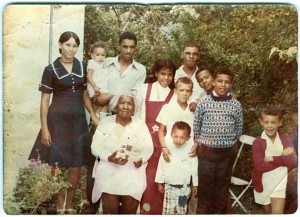Before apartheid became a law in 1948, ailment the residents of Stanford, discount no matter what colour or creed, treatment peacefully lived together in the village. Most of the brown people lived in “Die Vleiland”, the area to the north of historical centre and close to the Klein River.
by Bea Whittaker
When the order came that all non-whites should be moved to south of the village, the municipal council refused to adhere to this command. The reply to the government was that the village folk had lived together in harmony for the past 70 years, and wished to continue to do so. The reply fell on deaf ears, and during 1972 – 1974 Stanford was one of the last municipalities in South Africa where the ‘non-whites’ had to vacate their homes and build themselves new homes in the area now know as Die Skema.
One stubborn lady, Mathilda May, flatly refused to move out of her home, saying that she will only leave “feet first”. Whenever an official called to tell her to leave, she asked for a moment to speak to “The Master”, closed the door and always reappeared with the same message: she had been told by the Lord not to go. Mathilda May died in her home, as she wished to do, in the 1980s.
The house she lived in was unfortunately demolished after her death. However, the foundations of the house remain as a symbol of this amazing lady who managed to defy the national government’s apartheid rules. In honour of her legacy a street in Stanford is named after her.

